Hiking in The Summer Heat? These 20 Unusual Tips Will Keep You Cool During Your Adventure

Summer is a great time to hike all the trails you’ve been saving on your phone, however the summer heat presents unique challenges that require careful preparation to ensure a safe and enjoyable experience. To make sure you have an enjoyable hiking experience, here are 20 unusual tips to keep you cool during your hiking adventures.
Freeze Water Bottles

Freeze your water bottles overnight for a simple yet highly effective way to ensure you have refreshing cold water throughout your hike. As the ice gradually melts, it provides a continuous supply of refreshing, cold water, which is especially crucial in the summer heat. This method not only keeps your water cool but also helps to regulate your body temperature, preventing overheating.
Wear a Cooling Towel

A cooling towel can be a lifesaver during a hot summer hike. These towels are designed to retain water and provide a cooling effect when placed around your neck. To activate a cooling towel, you simply soak it in water, wring it out, and snap it to release its cooling properties. This can help lower your body temperature and keep you comfortable even in the most intense heat. Most cooling towels are lightweight, easy to carry, and can be reused throughout your hike.
Hydrate with Electrolytes

When hiking in the summer heat, you lose not only water but also essential salts and minerals through sweat. Adding electrolyte tablets or powders to your water can help replenish these lost nutrients, maintaining your body’s electrolyte balance and preventing dehydration. Electrolytes such as sodium, potassium, and magnesium are crucial for muscle function and overall hydration. Drinks with electrolytes are much more effective in hydrating than plain water, so make sure you brink electrolyte water with you on your summer hike.
Choose Breathable Footwear
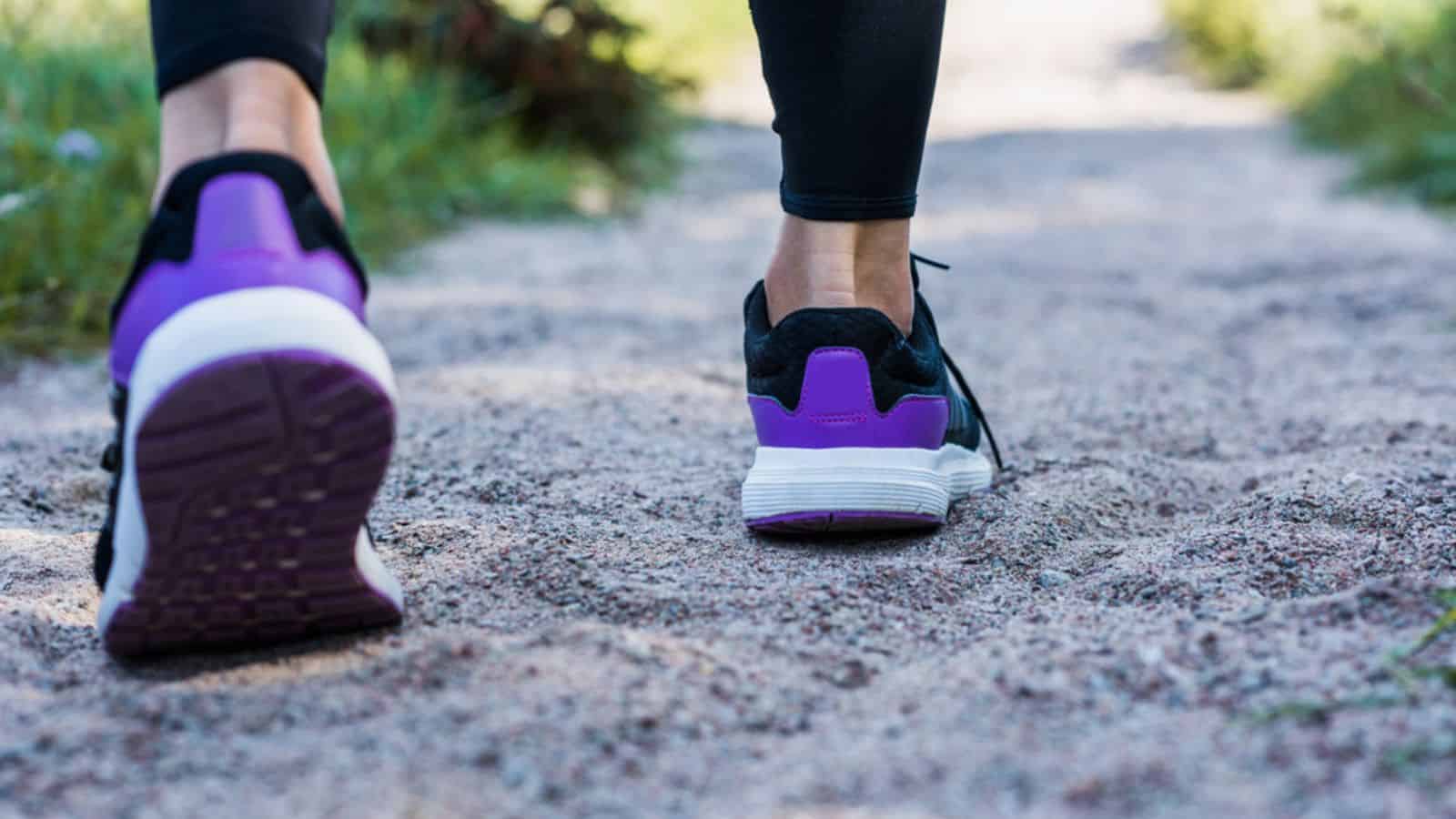
Wearing breathable footwear is essential to keep your feet cool and dry during a summer hike. Opt for hiking shoes or sandals that have good ventilation and moisture-wicking properties. Mesh panels and lightweight materials can enhance airflow, reducing the risk of blisters and fungal infections caused by sweaty feet.
Bring a Portable Fan
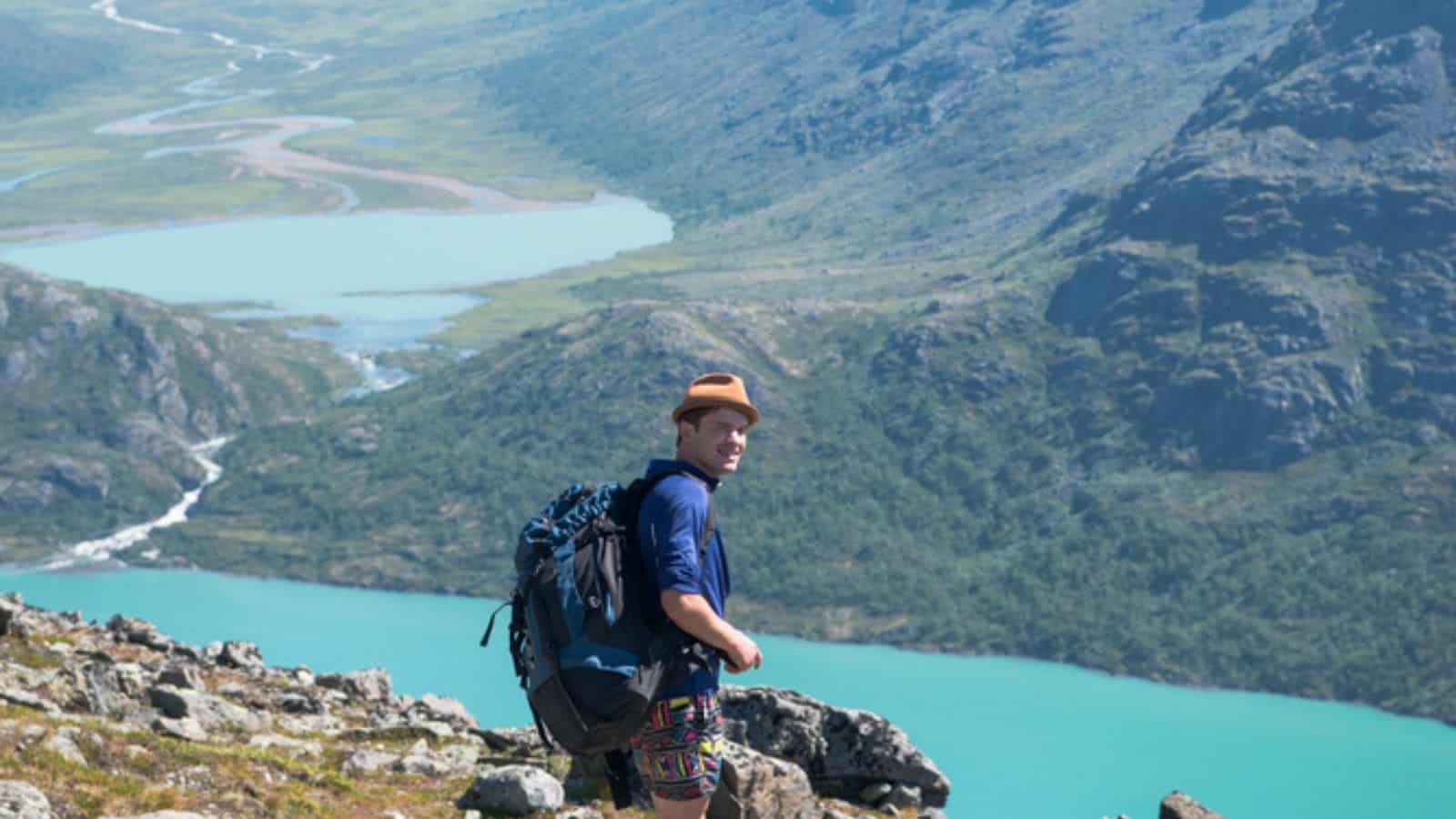
A small, battery-operated fan can provide much-needed relief during your hike. These fans are compact and lightweight, making them easy to carry in your backpack, and there are even many fans that you can just hang around your neck. When you take a break, using a portable fan can help cool you down quickly, reducing your body temperature and preventing heat exhaustion. If you get the ones that can hang around your neck, you can keep it on while you hike. Just make sure it’s fully charged before you embark on your hike.
Use Sunscreen Lip Balm
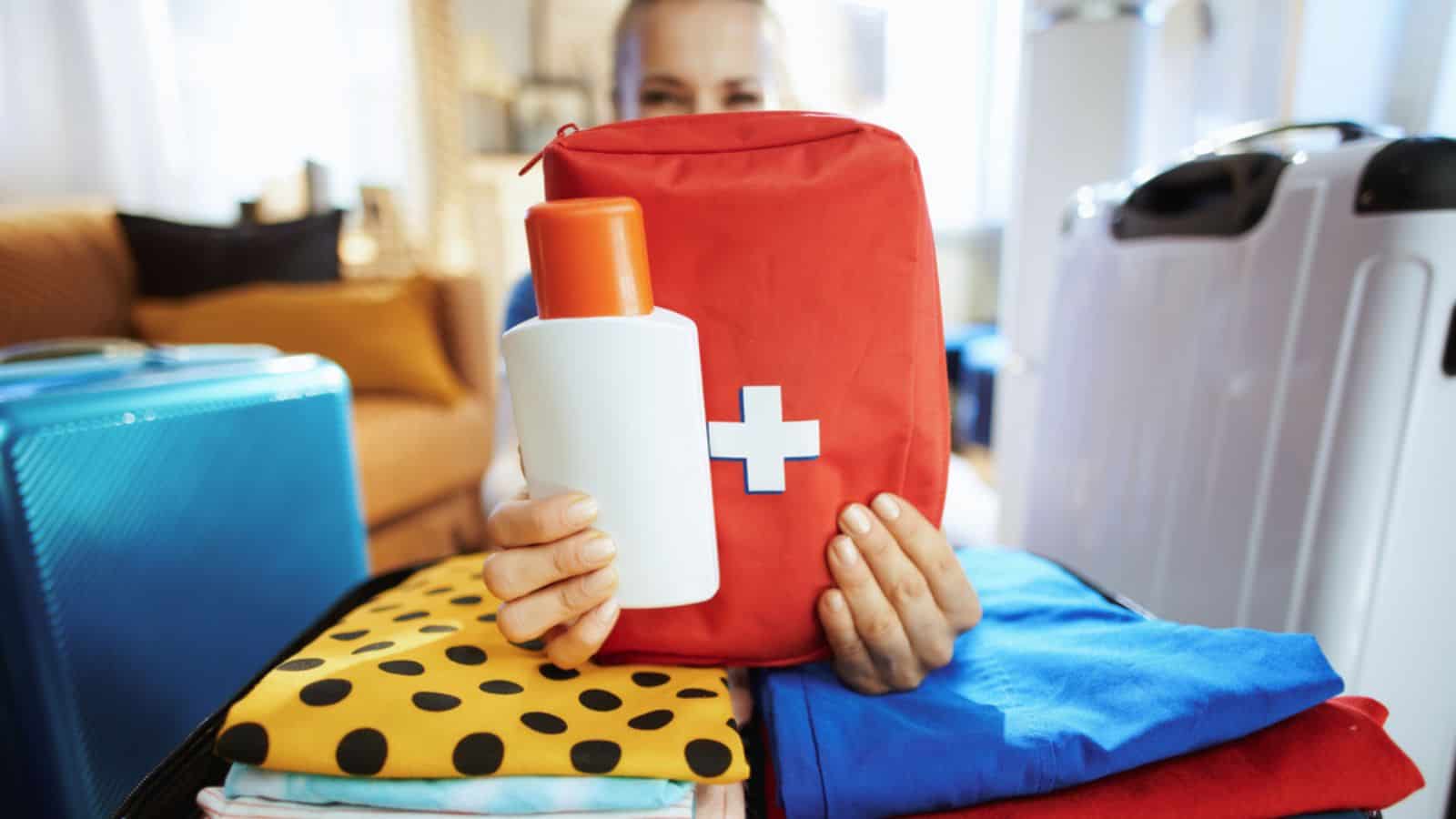
Your lips are just as susceptible to sunburn as the rest of your skin, yet they are often overlooked. Use a lip balm with SPF protection to prevent painful sunburn and long-term damage from UV exposure on your lips. Apply the lip balm generously before your hike and reapply it regularly, especially after drinking or sweating.
Plan Your Route for Shade
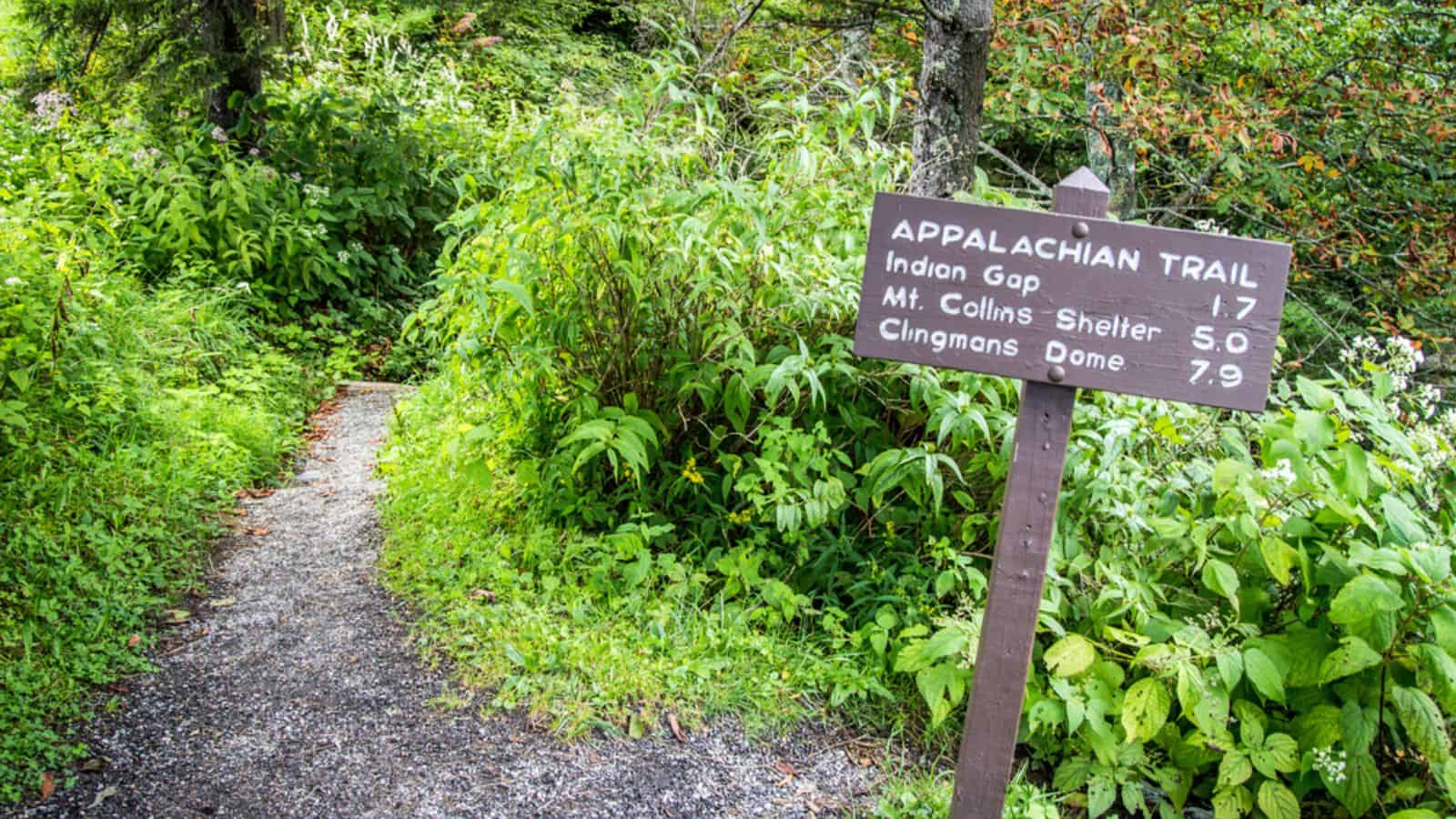
Choose a hiking route that offers plenty of shade or is near water sources to significantly reduce your exposure to direct sunlight and heat. Forested trails, canyon paths, and routes alongside rivers or lakes can provide natural cooling effects and make your hike more enjoyable. The good news is that many hiking trails are in well-shaded and lush forested areas so you shouldn’t have a difficult time looking for shaded hiking trails to go on.
Wear UV-Protective Clothing

Invest in clothing with built-in UV protection is a smart way to shield your skin from harmful rays while hiking. UV-protective clothing is designed to block out a significant percentage of UV radiation, reducing the risk of sunburn and skin damage. Look for lightweight, breathable fabrics that offer a high UPF (Ultraviolet Protection Factor) rating. These types of clothing are effective in protecting your skin without the need for constant sunscreen reapplication.
Use a Reflective Umbrella

It may seem silly, but carrying a reflective umbrella can create your own portable shade, providing immediate relief from the sun’s intense rays. These umbrellas are designed with reflective materials that bounce sunlight away, keeping the area underneath significantly cooler. They are particularly useful in open, exposed areas where natural shade is scarce. Even if you are hiking in shady areas, it’s a good idea to bring one to use when there’s a clearing and when you reach the summit where the trees are more sparse.
Avoid Caffeine

Skip caffeinated drinks before and during your hike to maintain optimal hydration levels. Caffeine is a diuretic, which means it can increase urine production and contribute to dehydration. In the summer heat, staying hydrated is paramount for your safety and well-being. Instead of caffeinated beverages, opt for water or electrolyte-infused drinks to keep your body properly hydrated.
Carry a Spray Bottle

Bring a small spray bottle filled with water on your hot summer hikes. Trust me, you’ll thank me later. A quick mist on your face and neck provides instant cooling relief, which helps to lower your body temperature and keep you comfortable. This method is especially effective when combined with a cooling towel or reflective umbrella.
Snack on Water-Rich Foods

Pack snacks like watermelon, cucumbers, and oranges to help keep you hydrated while providing essential nutrients and energy. These water-rich foods not only replenish fluids lost through sweat but also provide a refreshing treat during your hike.
Wear a Wide-Brim Hat

If you still feel silly bringing a reflective umbrella, a wide-brimmed hat is the next best thing. A wide-brim hat offers superior sun protection compared to a standard baseball cap as it shields your face, neck, and shoulders from harmful UV rays. This can help prevent sunburn and reduce the risk of heat-related illnesses. Look for hats with breathable materials and built-in UV protection.
Use Body Glide
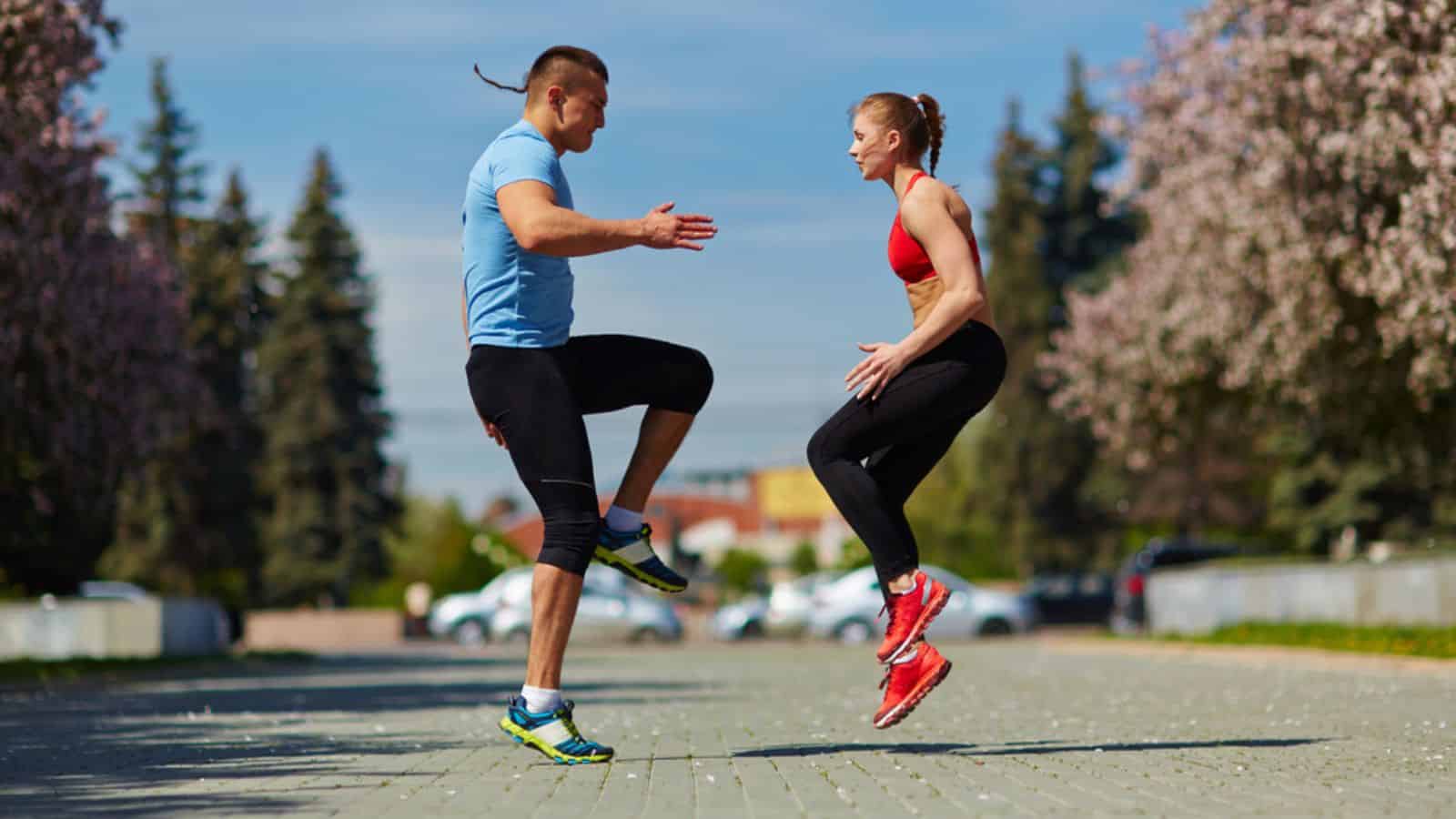
Applying anti-chafing products like Body Glide can prevent friction and blisters, which are common issues during long, sweaty hikes. These products create a protective barrier on your skin, reducing the risk of irritation and discomfort. Use anti-chafing balms on areas prone to friction, such as your feet, thighs, and underarms, to ensure a more comfortable hiking experience.
Take Frequent Breaks
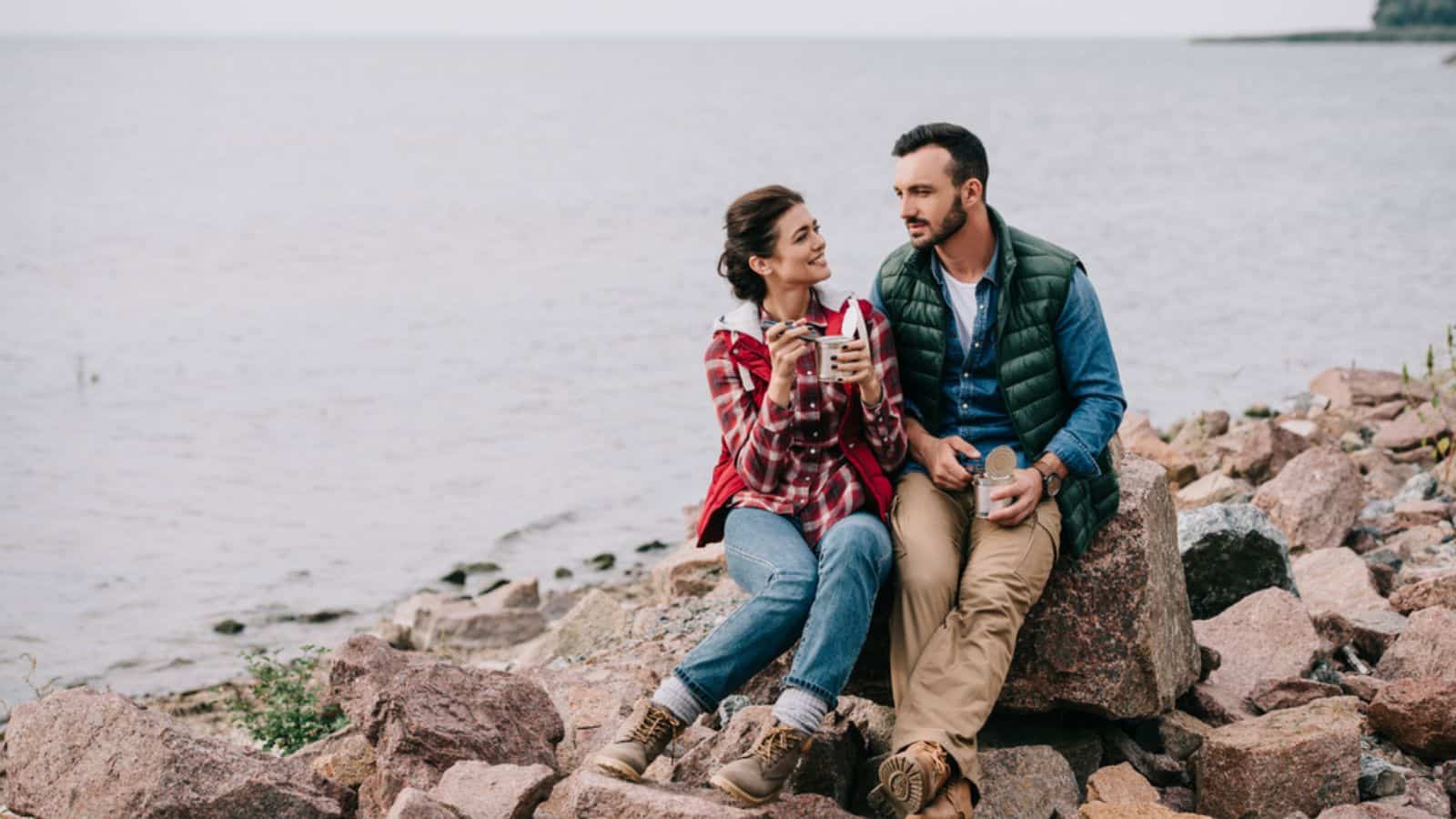
Taking regular breaks in shaded areas is crucial for avoiding overheating during a summer hike. Resting allows your body to cool down and recover, preventing heat exhaustion and other heat-related issues. Plan your hike to include stops at shaded spots or water sources where you can relax and hydrate.
Acclimatize Gradually

Acclimating to the heat before embarking on a strenuous hike can help your body adjust to higher temperatures, reducing the risk of heat-related illnesses. Spend time outdoors in the days leading up to your hike, gradually increasing your exposure to the heat. This process helps your body adapt by improving its ability to sweat and regulate temperature.
Hike Early or Late

Starting your hike early in the morning or late in the afternoon allows you to avoid the peak heat of the day, typically between 10 a.m. and 4 p.m. This strategy can make your hike more comfortable and reduce the risk of heat-related illnesses. Early morning hikes offer cooler temperatures and less crowded trails, while late afternoon hikes provide the benefit of cooling temperatures as the sun begins to set.
Wear Light Colors

Wearing light-colored clothing can help keep you cooler by reflecting sunlight rather than absorbing it. Light colors like white, beige, and pastels are more effective at reflecting the sun’s rays, which can significantly reduce heat absorption. This can make a noticeable difference in how hot you feel during your hike.
Listen to Your Body
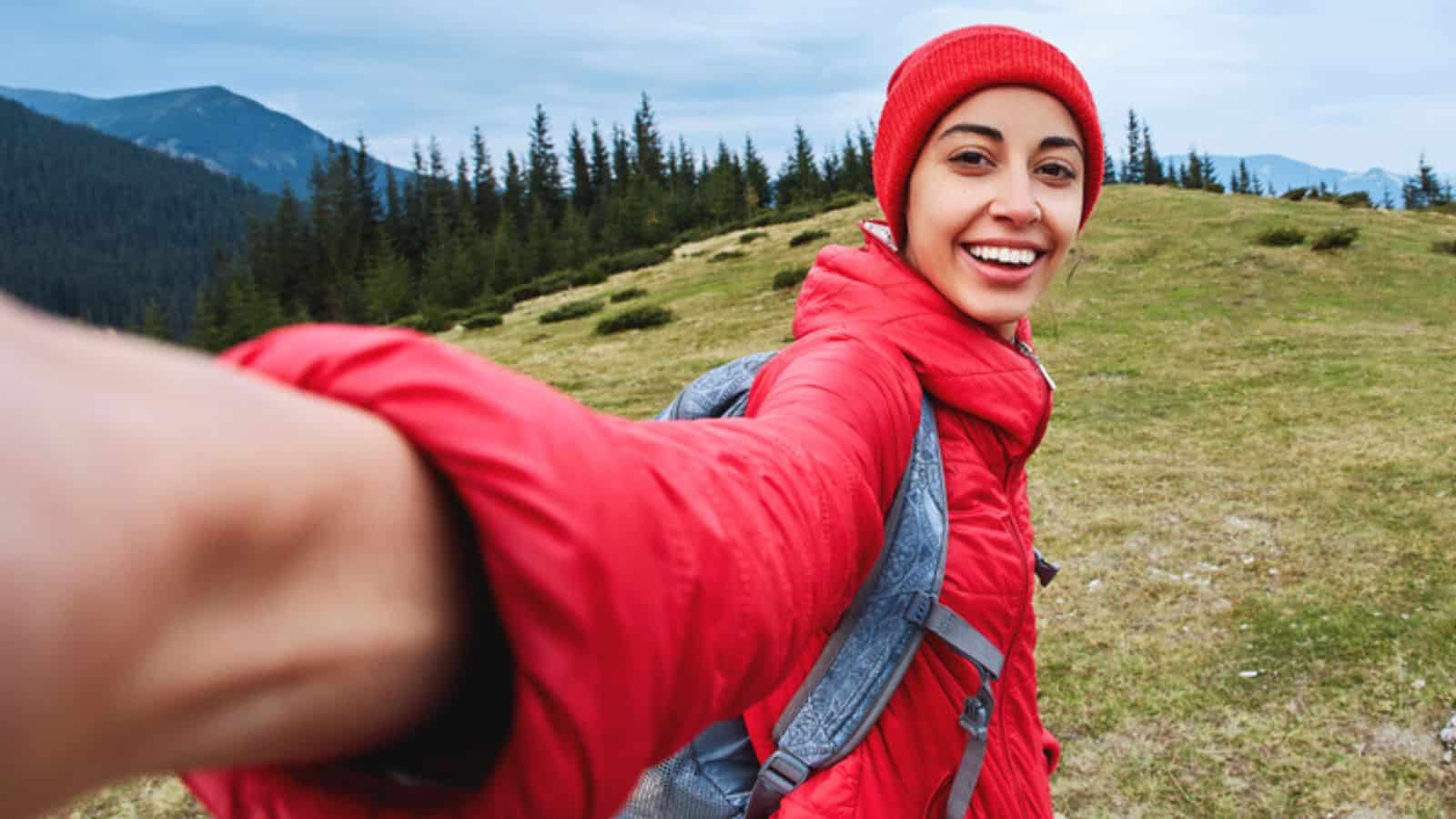
Pay close attention to your body’s signals when hiking in the summer heat. Symptoms of heat exhaustion, such as dizziness, excessive sweating, nausea, and a rapid heartbeat, should not be ignored. If you experience any of these symptoms, it’s important to stop, find shade, hydrate, and cool down immediately. Ignoring these signs can lead to more severe conditions like heat stroke.
Use a Hydration Pack

A hydration pack allows you to sip water continuously without stopping, helping you stay hydrated more effectively. These packs are designed with a reservoir and a drinking tube, making it easy to take small, frequent sips as you hike. This method helps maintain consistent hydration levels, which is crucial in hot weather.
Don’t Pitch a Tent Until You Read These 19 Must-Know Camping Tips
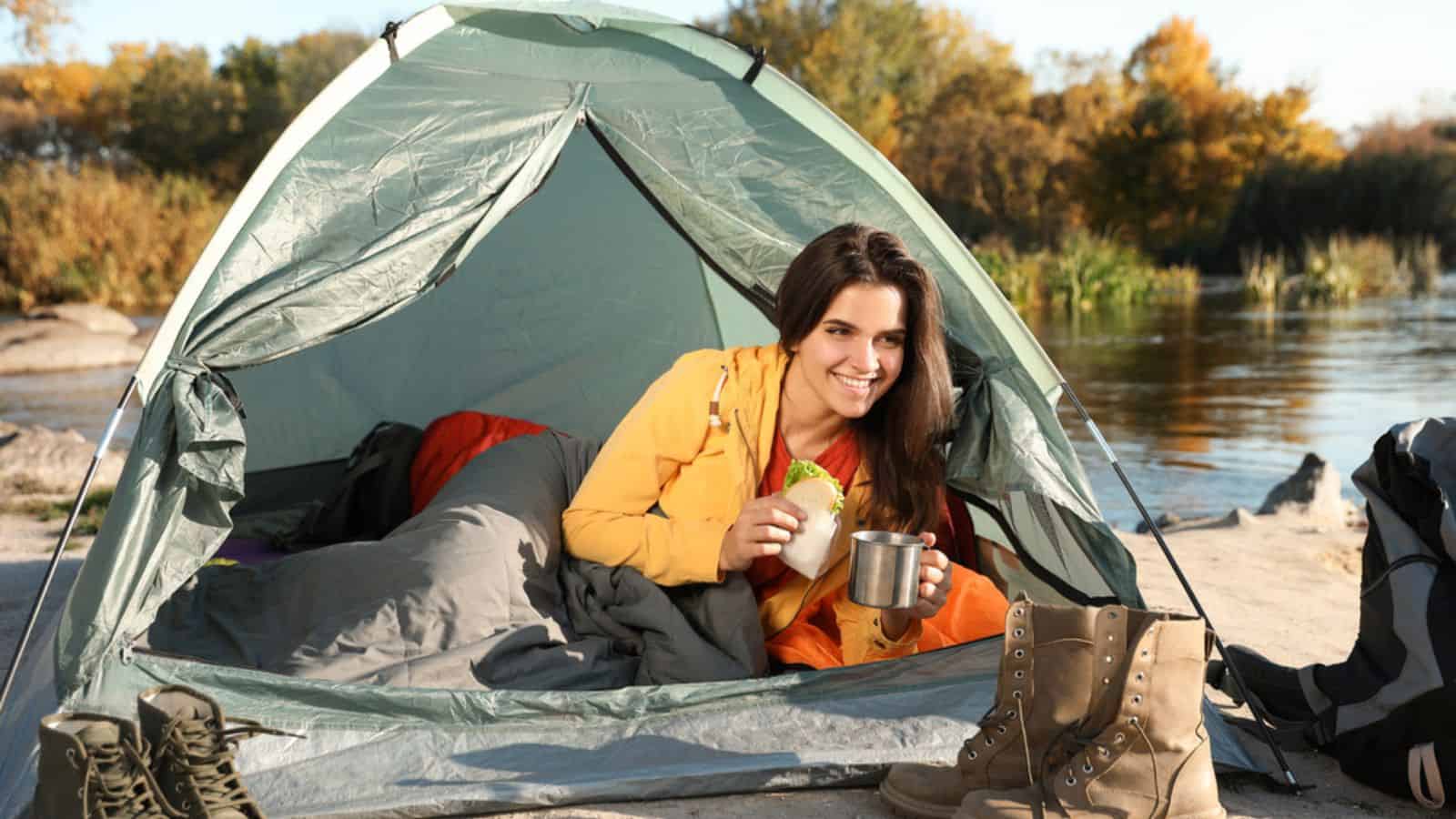
Going camping is a great way to reconnect with nature and touch grass. Now that summer’s here, many are eager to stay away from the hustle and bustle of daily life and create lasting memories with friends and family in nature. However, there are some things you should prepare in advance before going camping, since there are less conveniences out in the wild vs staying in a hotel. Here are 19 tips to have a smooth-sailing camping trip so you can enjoy nature to the fullest.
Don’t Pitch a Tent Until You Read These 19 Must-Know Camping Tips
11 Of The Best Hiking Trails in the US
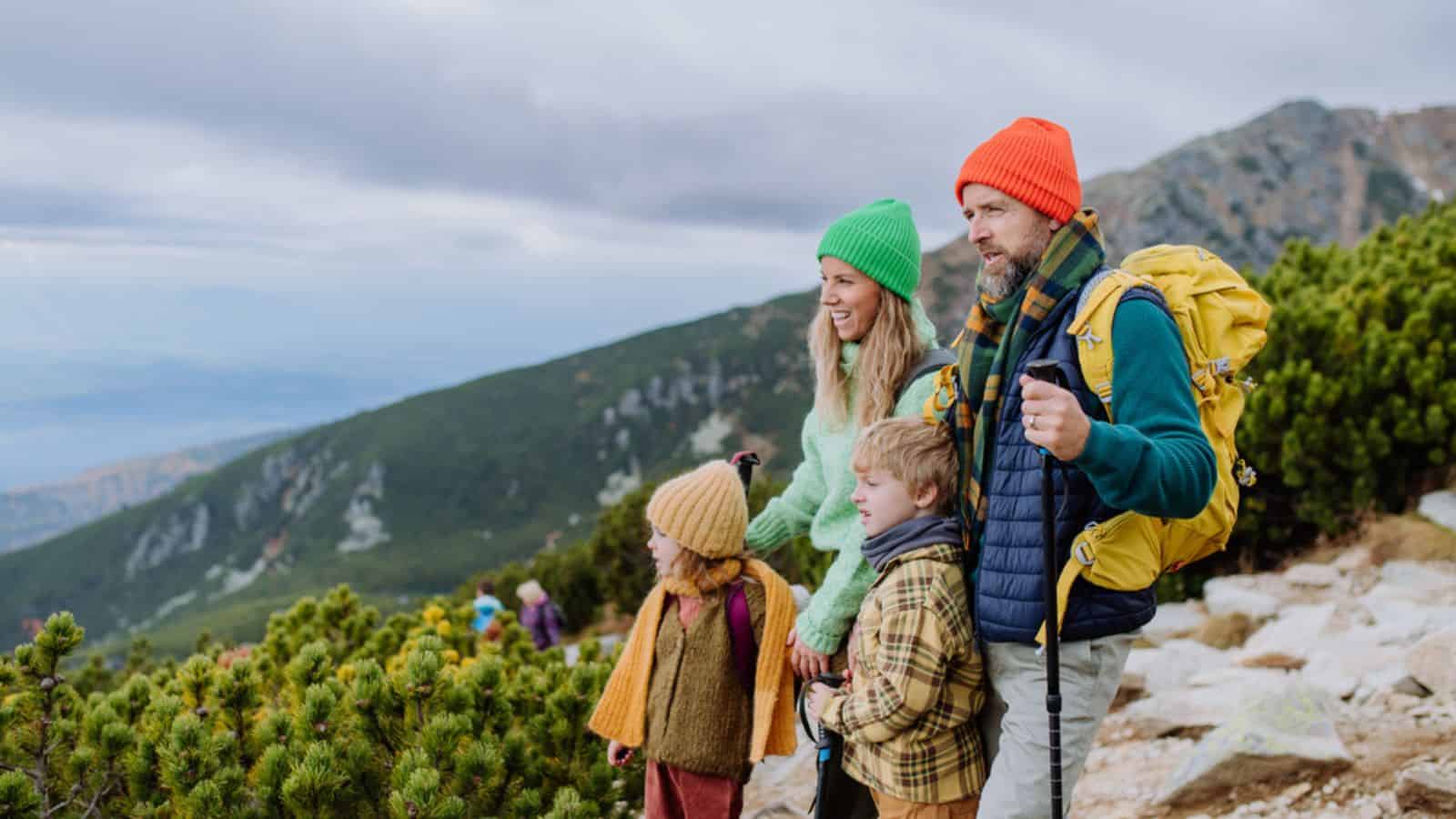
Looking for a new hiking adventure this season? Here are some of the best hiking trails in the US






